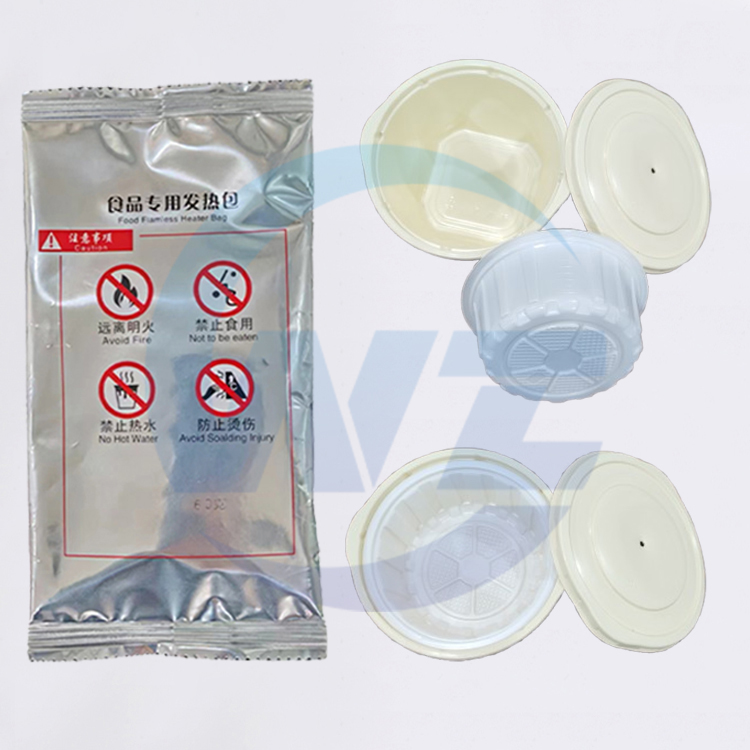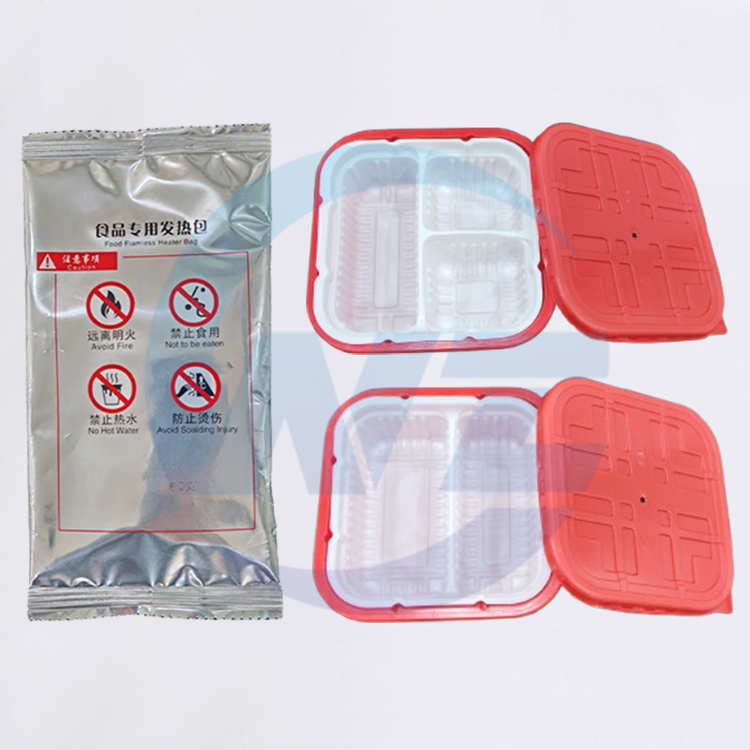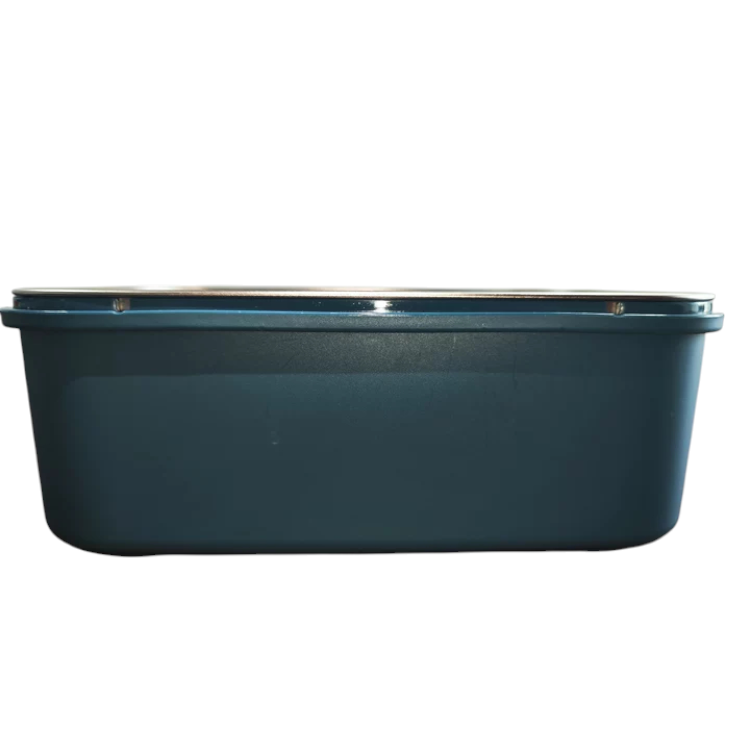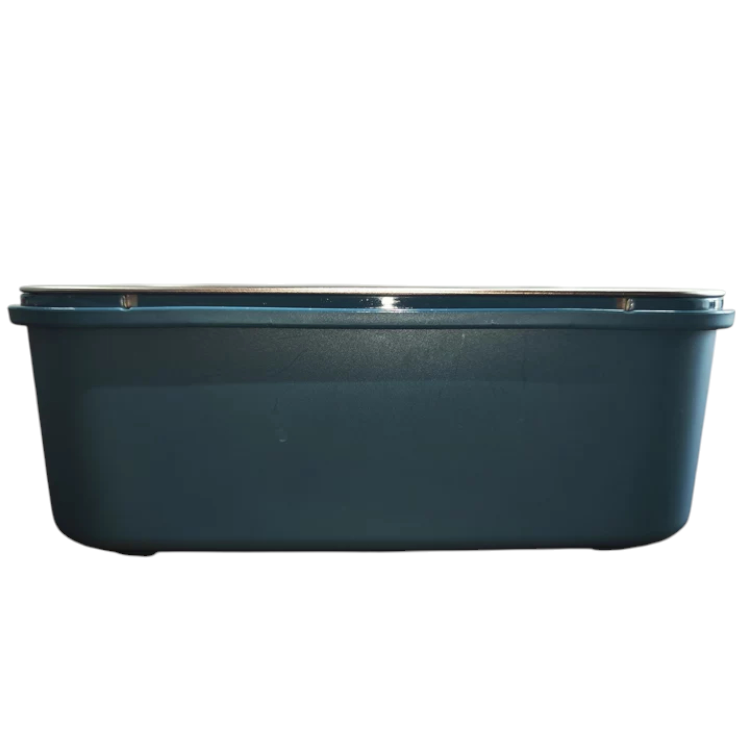by andelszhang
Share
by andelszhang
Share
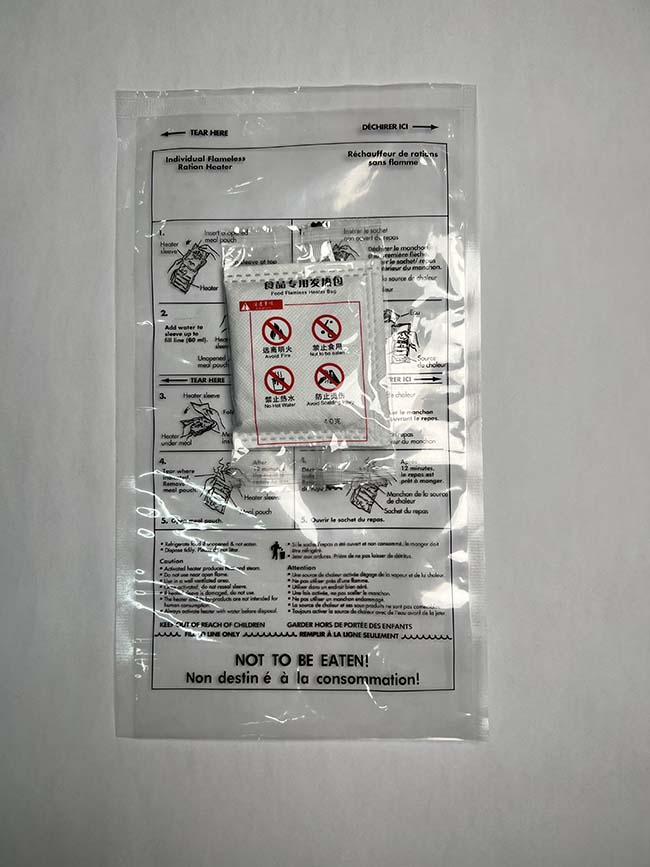
Flameless ration heaters are a marvel of modern convenience, providing a means to enjoy hot meals in situations where traditional cooking methods are not feasible. Whether you’re a backpacker, a military professional, or an individual preparing for emergency situations, understanding the temperature output of these heaters is crucial. This article will explore the heating capabilities of flameless ration heaters, offering practical information and addressing common concerns for international customers.
1. The Importance of Temperature in Flameless Ration Heaters
The primary purpose of a flameless ration heater is to elevate the temperature of pre-packaged meals to a safe and enjoyable level. The temperature achieved by these heaters is a critical factor in their effectiveness and usability.
1.1 Safe Eating Temperature
For food to be safe to eat, it should be heated to an internal temperature of at least 145°F (63°C) to kill any potential bacteria. Flameless ration heaters are designed to meet or exceed this temperature to ensure food safety.
1.2 Comfortable Eating Temperature
Beyond safety, the temperature of the meal should be pleasant to eat. Most people prefer their food to be between 150°F (65°C) and 160°F (71°C) for optimal enjoyment.
2. How Hot Does a Flameless Ration Heater Get?
Flameless ration heaters typically reach temperatures between 150°F (65°C) and 200°F (93°C). However, the actual temperature can vary based on several factors.
2.1 The Science Behind the Heating Process
Flameless ration heaters operate through an exothermic chemical reaction, usually involving the reaction of water with a mixture of iron, magnesium, and salt. This reaction produces heat as a byproduct, which is then transferred to the meal.
2.2 Factors Affecting Heating Temperature
a. Ambient Temperature: Colder environments may result in a slower reaction and a lower peak temperature, while warmer conditions can lead to a faster and potentially hotter reaction.
b. Heater Design: The design of the heater, including the materials used and the surface area available for heat transfer, can affect the final temperature of the meal.
c. Meal Packaging: The type of packaging and its ability to conduct heat can influence the temperature of the meal. Some packaging is designed to maximize heat retention and distribution.
3. Practical Considerations for International Customers
3.1 Choosing the Right Heater
International customers should consider the following when selecting a flameless ration heater:
a. Brand Reliability: Look for heaters with a reputation for consistent performance and safety.
b. Temperature Range: Choose a heater that consistently reaches the desired temperature range for your needs.
c. Portability: Consider the size and weight of the heater, especially if you’ll be carrying it in your backpack or storing it for emergencies.
3.2 Safety Tips
Safety is paramount when using flameless ration heaters. Here are some tips for international customers:
a. Read Instructions: Familiarize yourself with the specific instructions for your heater model, as procedures may vary by brand.
b. Ventilation: Always use the heater in a well-ventilated area to avoid the build-up of any fumes.
c. Handling: Do not puncture the heater packet or expose it to open flame or high heat sources.
d. Disposal: Allow the heater to cool completely before disposing of it according to local regulations.
4. Common Questions from International Customers
4.1 Can Flameless Ration Heaters Be Used on Airplanes?
While not typically recommended, some customers have successfully used flameless ration heaters on airplanes. Always check with the airline and follow their guidelines.
4.2 How Long Does It Take to Heat a Meal?
The heating time for a flameless ration heater is usually between 10-15 minutes, but this can vary depending on the specific heater and environmental conditions.
4.3 Are Flameless Ration HeatersReusable?
No, flameless ration heaters are designed for single-use only. Once activated, they cannot be reused.
5. Comparison with Traditional Heating Methods
5.1 Convenience
Flameless ration heaters offer a level of convenience unmatched by traditional heating methods. They require no open flame, making them safe for use in environments where fire hazards are a concern.
5.2 Efficiency
While not as fast as some electric heating methods, flameless ration heaters are highly efficient for their intended use, providing a reliable source of heat in remote or emergency situations.
6. Conclusion
Flameless ration heaters are an innovative solution for heating meals without the need for traditional cooking methods. By understanding the temperature range and safety considerations, international customers can make informed decisions about incorporating these heaters into their outdoor activities, emergency preparedness plans, or everyday convenience. With proper use and care, flameless ration heaters can provide a hot meal anywhere, anytime.
STAY IN THE LOOP

